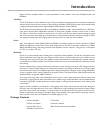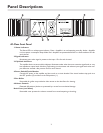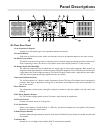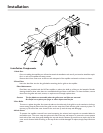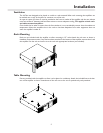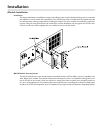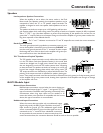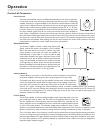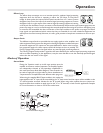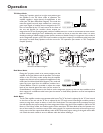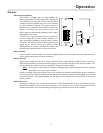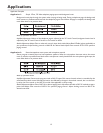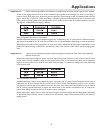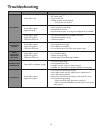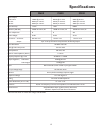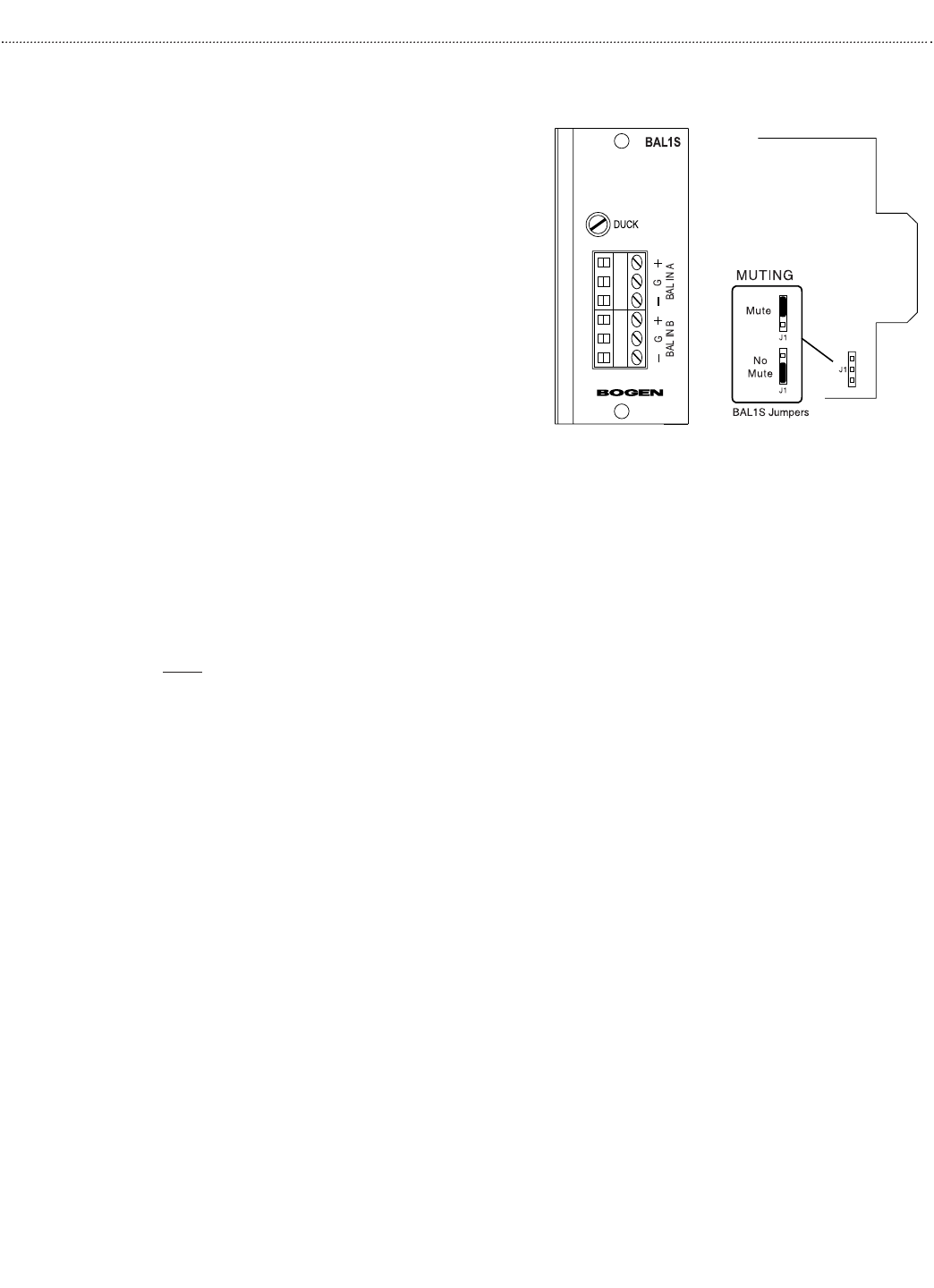
Operation
Modules
Standard Input Module
The M-Class is shipped with one input module, the
BAL1S, pre-installed.The BAL1S provides 2 high-imped-
ance, balanced, low-noise inputs.This module provides a
standard 2-channel amplifier input, but can be replaced
by other modules if desired. The input’s connectors,
labeled A & B, correspond to the similarly marked rear
speaker connections and front panel controls. The
BAL1S inputs are permanently assigned to their respec-
tively-labeled audio buses.
The BAL1S has a priority jumper that can set the mod-
ule to be muted by any other modules installed or to
never mute.When signaled to mute by another module,
the BAL1S will reduce the level of both channel’s input
signals by the amount set by the ducking control
(DUCK). When the mute is released, the module will
fade the input signal levels back to the previous level.
Other Modules
Various modules can be installed in the M-Class amplifier. Refer to the instructions that come with each mod-
ule for specific connection and setup information.
Module Priority
Bogen input modules allow for up to 4 levels of priority. Each module (except the BAL1S, which comes stan-
dard with the amplifier) can both be muted by higher priority modules and mute lower priority modules. The
priority level of the module is set by the position of 2 jumpers on each module.
Note
: Even though 4 priority levels are available on the Bogen input modules, only two levels can be used with
the M-Class since it only accepts 2 modules.
It does not matter which priority level is set on the module, only that the intended higher priority module be
set to some priority level that is higher than the intended lower priority module. However,Bogen recommends
using Priority Level 1 (the highest available) for the higher priority module and Priority Level 2 for the lower
priority module.
Module Controls
Each input module type has a number of controls such as Gain, Bass,and Treble.These controls affect the oper-
ation of the amplifier as much as the ones mounted on the amp. Be sure to read the instructions with each
module and be aware of its control setting when adjusting the overall operation of the amplifier.
11



